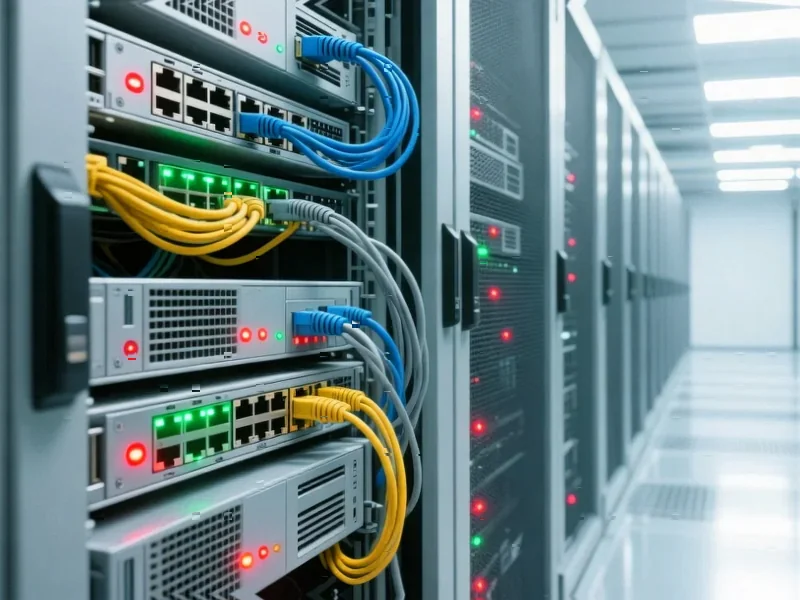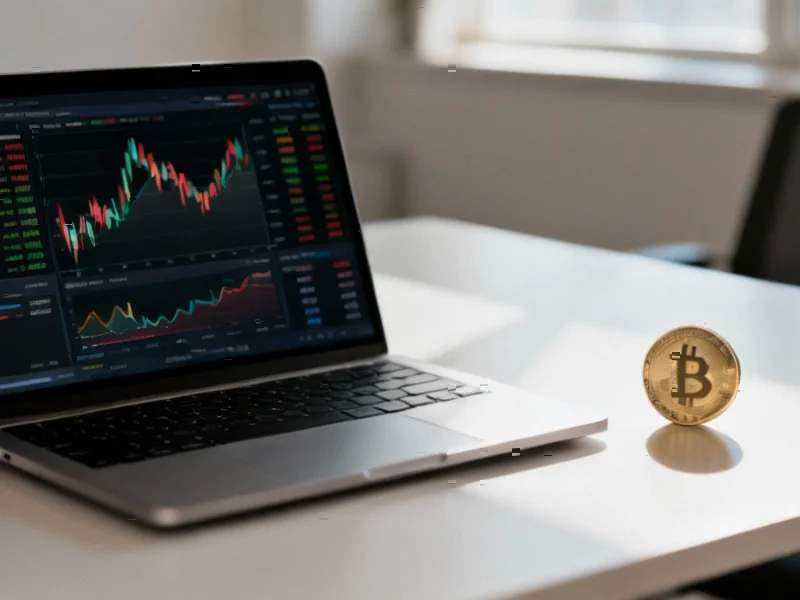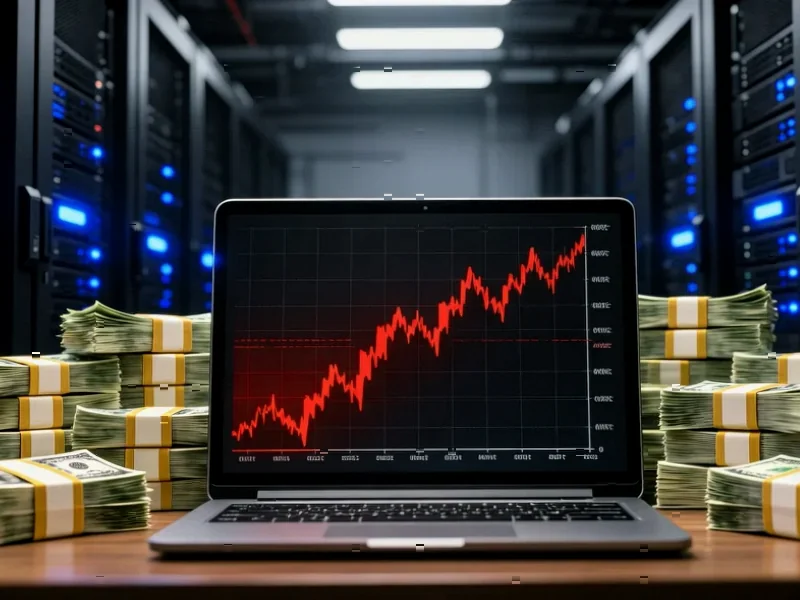According to Business Insider, Bank of America analysts have declared there’s “overwhelming evidence” that tariffs have raised consumer prices, stating “there’s no debate” about their inflationary impact. In an October 31 research note from managing director Aditya Bhave and team, the analysis found tariffs account for 30-50 basis points of the core personal consumption expenditure inflation rate, with consumers bearing 50-70% of total tariff costs to date. The research suggests tariffs will continue putting “upward pressure” on inflation as effective tariff rates climb further, with the PCE price index already up 2.7% year-on-year in August. This comes as S&P Global research indicates Trump’s tariffs will cost businesses $1.2 trillion this year, costs that ultimately flow through to shoppers despite promises that tariffs would rebalance trade deficits and bring manufacturing jobs home.
The Everyday Inflation That Doesn’t Show Up in Headlines
While government inflation metrics capture broad trends, they often miss how tariff-driven price increases concentrate in specific consumer categories that hit household budgets hardest. The 30-50 basis point impact on core PCE represents the average across all spending, but for categories like electronics, furniture, and automotive parts—where import dependency remains high—the effective price increases can be three to five times higher. Consumers experience this not as a single dramatic price jump but as a gradual erosion of purchasing power, where the same grocery bill buys less, replacement appliances cost more, and holiday shopping budgets stretch thinner. This creates what economists call “invisible inflation”—price increases that consumers absorb without necessarily connecting them to trade policy decisions made months or years earlier.
Why Businesses Can’t Absorb the Costs
The notion that foreign manufacturers would bear tariff costs always represented economic fantasy—global supply chains don’t work that way. When tariffs hit, importers face an immediate choice: absorb the costs and compress margins, or pass them through to consumers. For most publicly traded companies facing quarterly earnings pressure and competitive markets, the decision becomes mathematical rather than strategic. The Bank of America finding that consumers bear 50-70% of tariff costs actually suggests remarkable restraint from businesses, many of which are eating significant portions of increased costs to maintain market share. However, this creates a secondary problem: reduced corporate investment in expansion, hiring, and wage increases as profit margins tighten, creating a drag on economic growth that extends beyond direct consumer price effects.
The Uneven Burden Across Regions and Income Levels
Tariff impacts distribute unevenly across the economic landscape, creating hidden regressive taxation effects. Lower-income households spend a larger percentage of their income on tradable goods affected by tariffs, meaning the effective “tariff tax rate” falls disproportionately on those least able to afford it. Geographic disparities also emerge—regions with stronger domestic manufacturing bases might see some employment benefits, while areas dependent on retail, distribution, and consumer services face pure cost increases without offsetting benefits. Rural communities face particular challenges, as they often have less competitive retail markets and higher transportation costs that amplify price increases. This creates what urban economists call “spatial inequality,” where trade policy decisions have dramatically different consequences depending on where you live and shop.
Beyond the Price Tag: Lasting Market Distortions
The most concerning aspect of tariff-driven inflation isn’t the immediate price increases but the long-term market distortions they create. When artificial price signals replace market-based ones, businesses make investment decisions based on temporary policy conditions rather than sustainable competitive advantages. Companies might reshore production not because it’s efficient but because tariff walls make imported alternatives uncompetitive—creating fragile supply chains that could collapse if trade policies change. Consumers meanwhile adjust their spending patterns, delaying purchases or accepting lower quality, creating ripple effects through the economy. These behavioral changes can persist long after tariffs are removed, as both businesses and consumers develop new habits and expectations about price levels and availability that don’t reflect underlying economic realities.
The Inflation-Growth Tradeoff That Nobody Discusses
What’s notably absent from tariff debates is honest discussion of the inflation-growth tradeoff. Proponents focus exclusively on potential job creation in protected sectors while ignoring the drag on consumer spending and business investment across the broader economy. The Federal Reserve faces particular challenges here—if tariffs create persistent inflationary pressure, the central bank might need to maintain higher interest rates for longer, slowing economic growth to combat price increases that originated from trade policy rather than organic demand. This creates a policy conflict where fiscal authorities (through tariffs) and monetary authorities (through interest rates) work at cross-purposes, with consumers caught in the middle paying both higher prices for goods and potentially higher costs for credit.




